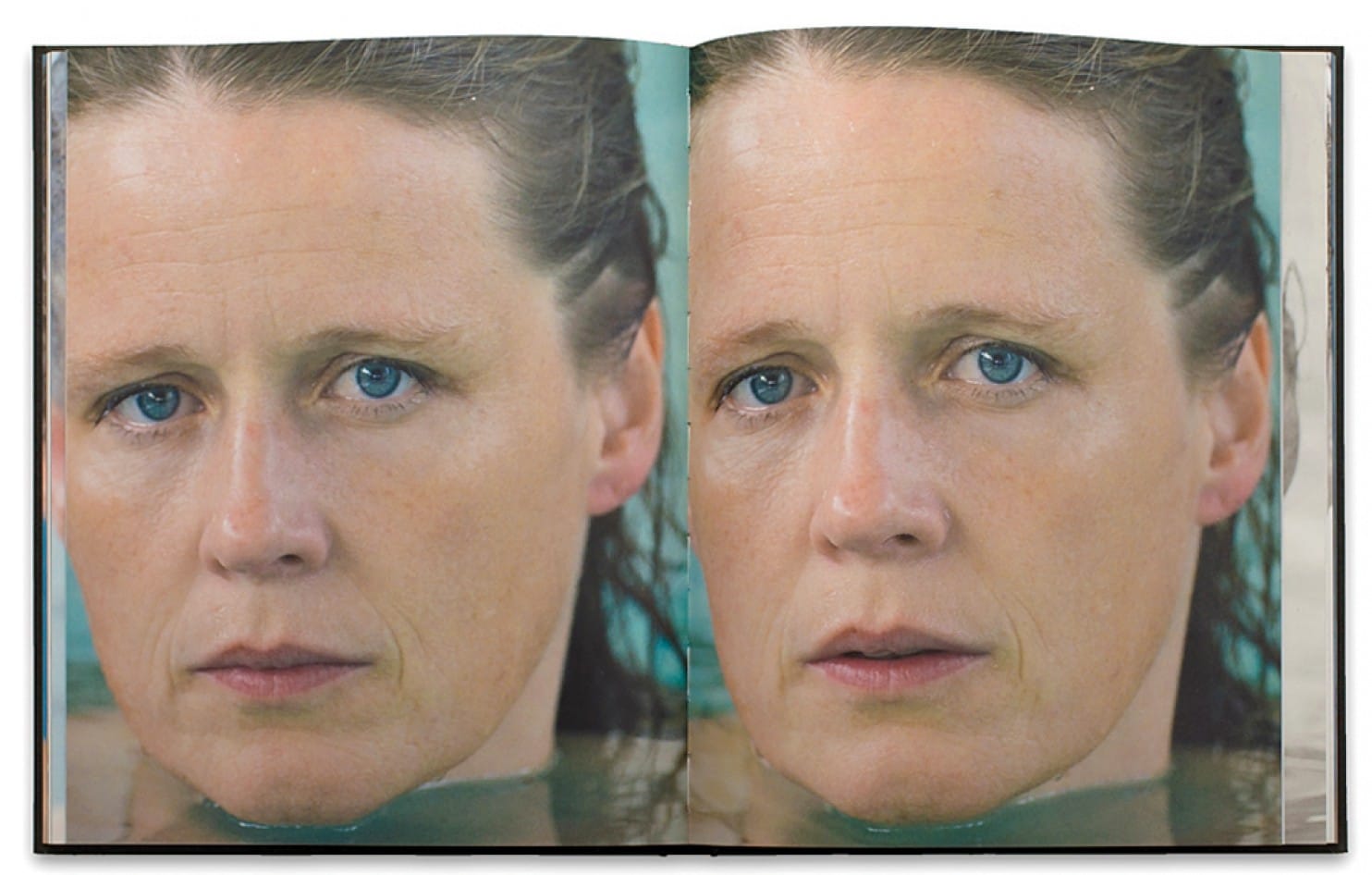Iceland As a Lens
On “To Place,” ten books by Roni Horn about Iceland
Artist Roni Horn once said, “Iceland is the place where I have the clearest view of myself and my relationship to the world.” She had begun visiting the island nation in 1975; fifteen years later, she published Bluff Life, the first in what would become a series of ten artist’s books collectively titled To Place. As Horn and others have noted, the first word in the series title activates the second: place not as location but as an act of locating.

In these books, the picture we get of Horn, and by extension of Iceland, is always partial and shifting. (As the artist puts it, “Iceland viewed is something other than Iceland.”) Most feature a black cover with embossed text and, at their center, one or two small, colored dots. The mute casing functions like a locked door, the dots as peepholes, tiny windows suggesting the vibrant, kaleidoscopic contents held within.
Flip through the volumes and you’ll encounter Horn’s drawings, her photographs, and texts she collected. The first few books, published in the early 1990s, treat their objects and images discretely; the watercolor-and-graphite drawings in Bluff Life, landscape photographs in Folds, and lava specimens in Lava rest against generous fields of white paper. The later books, which mostly feature photographs, eschew this treatment in favor of full-bleed images that create an affecting sense of immersion. This is particularly true of Arctic Circles (1998, image above), the seventh book in the series, a shifting procession of faces, owls, watery horizons, nests, and domestic interiors.

Each book revises the impression of the ones that precede it. This is explicitly the case with Haraldsdóttir and Haraldsdóttir, Part Two (image above), released in 1996 and 2011, respectively. Both feature up-close portraits of a woman named Margrét, always situated outdoors and in water, her equable face and direct stare as constant as the weather and moisture are varying. Here Horn’s continual interest in diptychs and seriality turns pointed, as we encounter both day-to-day variation and the cumulative effects of aging.
What is harder to comprehend, but no less important, is that the landscape registers those effects, too. Iceland is young, geologically speaking, and continually transforming due to volcanic activity and, increasingly, man-made environmental pressures. For Vatnasafn (Library of Water), another Icelandic project, Horn collected ice samples from twenty-four glaciers, then used the water from them to fill transparent columns in a permanent installation (image below). Inaugurated in 2007, it is already something of an anachronism: by 2014, one of its twenty-four featured sites, called Ok, had melted so much scientists can no longer classify it as a glacier.
The parallax views in Horn’s two-decade publishing project help us to understand such dramatic shifts. We can recognize emotions, bodies, and identities as mutable. With To Place, in part by expressly situating Iceland in relation to herself, Horn reminds us that, whether or not we notice and adapt, places fluctuate wildly, too.
